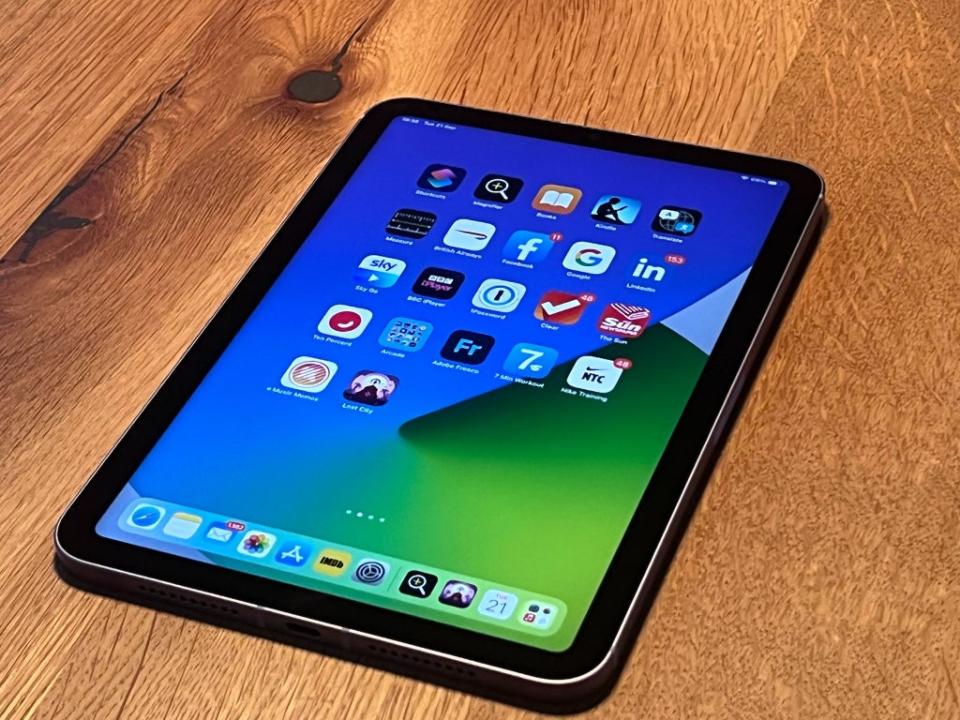Apple says new iPad Mini’s wobbly displays are ‘normal behaviour’

Apple says that complaints about wobbly displays on its new iPad Mini are just showing normal behaviour for the tablet’s screens.
The new iPads arrived with customers on Friday, and have largely received glowing reviews. But some reports – both from initial users and professional reviews – complained about a “jelly scroll” effect where the screen appears to judder as it is used.
An example was captured by The Verge’s Dieter Bohn, who reviewed the tablet and said it is mostly invisible, but sometimes appeared. In his slow motion video, the effect can be seen.
Here is is slow-mo video of scrolling on the iPad Min i slowed down EVEN MORE in a frame-by-frame step through. Notice how the right moves up faster than the left.
In normal usage you barely see it, but every now and then it become noticeable. In landscape it goes away entirely pic.twitter.com/iq9LGJzsDI— Dieter Bohn (@backlon) September 22, 2021
Many noted, however, that the same effect can be seen on other displays, especially when slowed down. Mr Bohn himself said that the effect was not “some huge controversy” and that “lots of screens do it”.
The effect appears to be exaggerated because of the size of the iPad’s screen, and the fact that it can be used in both portrait and landscape rotation.
Now Apple has told Ars Technica that it considers the wobbling to be normal behaviour, and so as a result it is not something that requires a fix.
The effect is the result of the way that LCD screens such as those in the iPad refresh the content they display. The refresh comes on a line-by-line basis, meaning that they don’t refresh all at once and might instead wobble as new changes arrive.
It stands in contrast to the iPhone 13 Pro and Pro Max, which arrived on the same day and feature screens that can refresh up to 100 times each second, compared with a maximum of 60 on the iPad’s LCD.

 Yahoo Finance
Yahoo Finance 